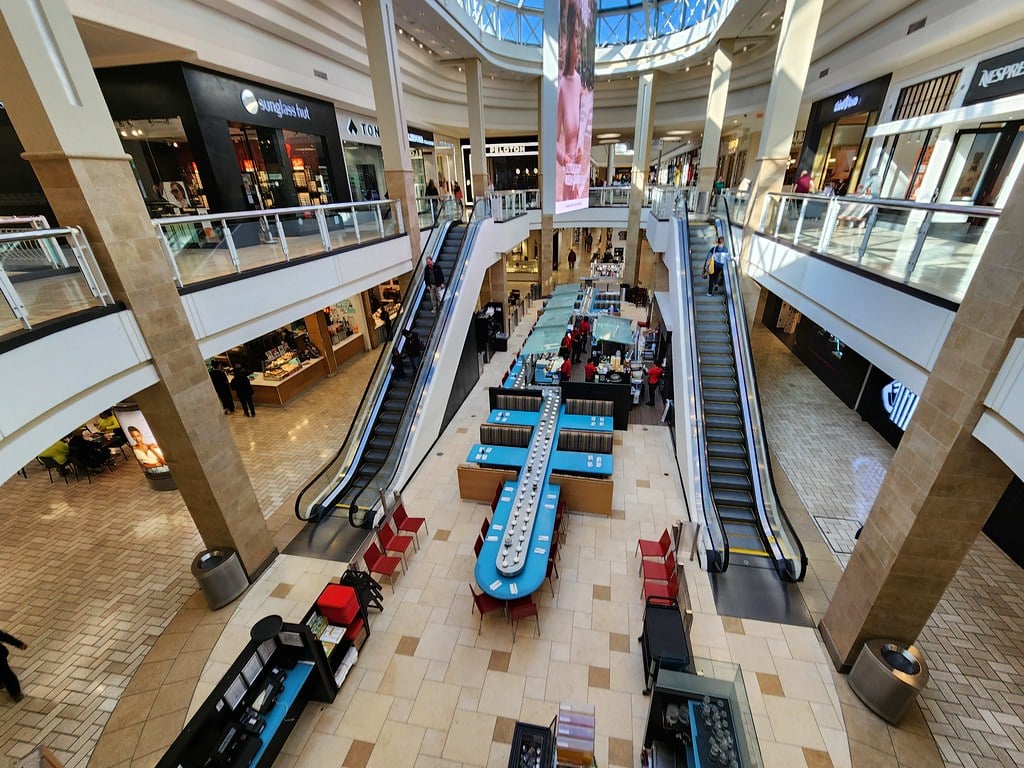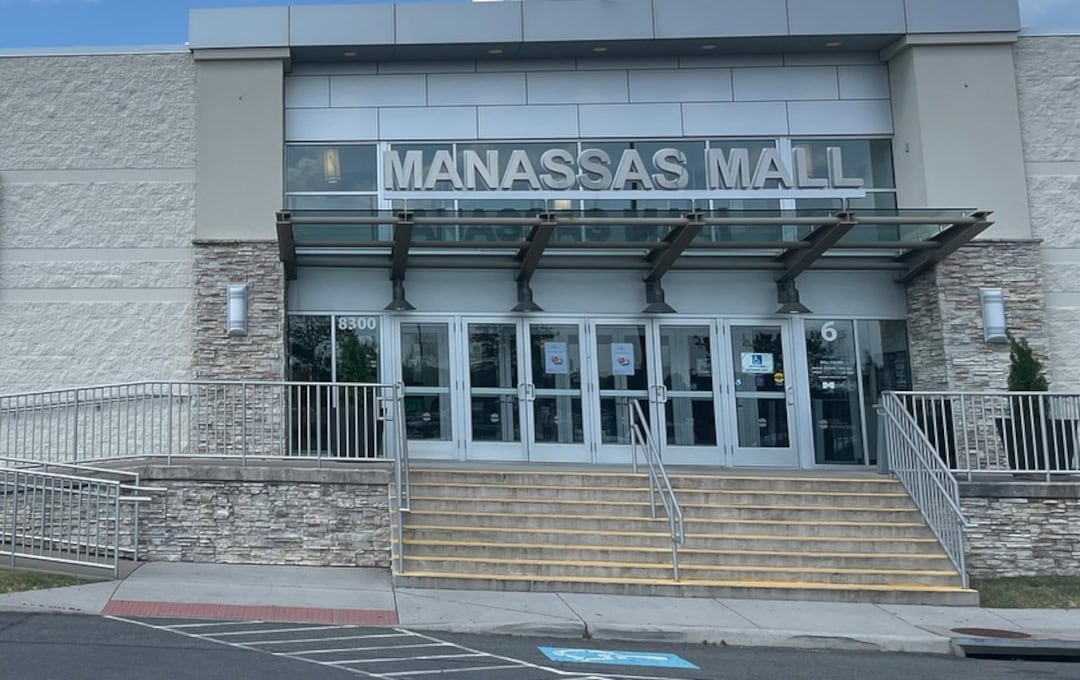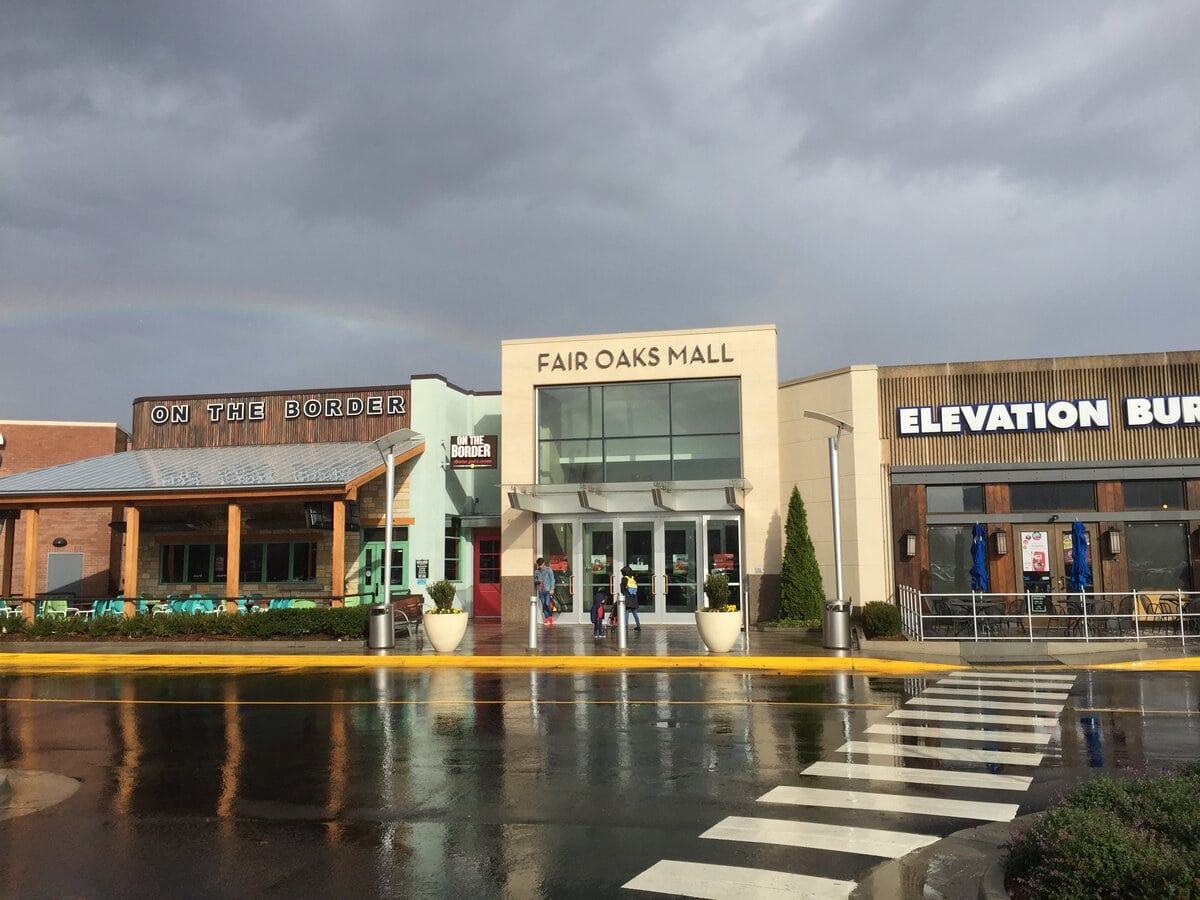Manassas Mall: Origins and Early Aspirations
In 1972, a few acres of Sudley Road got paved over and turned into Manassas Mall. People showed up out of curiosity.
Manassas Mall opened when air conditioning was still a luxury and wide parking lots felt like proof that progress had arrived.
People came to shop, but they were really coming to see what a modern version of Manassas might look like.
The idea started with Interstate Properties, a small company from New Jersey founded by Steven Roth, Russell White Jr., and David Mendelbomb.
They weren't chasing grandeur. Their plan was simple: build near major highways, draw the commuters, and stay practical.
Prince William County was still half rural then, but it was growing fast.
They saw the curve before it happened.
By 1970, Interstate had announced a project they called The Mall at Manasses.
The typo didn't matter; the intent did.
Construction began in 1971, and a year later, the mall opened with W.T. Grant's Grant City and Montgomery Ward as anchors.
Inside, it smelled like carpet glue and new paint.
The single hallway between the two stores wasn't glamorous, but it was alive.
Families walked through it as if it were proof that their small town had stepped into the modern world.
Bankruptcy, Substitution, and Survival
Grant's went down hard. By 1976, the company was broke, and one end of the new mall sat empty.
The store signs came down, paper went up on the windows, and it looked like the whole thing might stall before it really started.
The May Department Store Company took the space and turned it into a Hecht's by 1978.
It opened without fanfare, but it gave people a reason to come back.
The mall had taken its first hit and lived through it.
By the end of the seventies, it had a heartbeat again.
Tom McCann, Pearl Vision, Waldenbooks, Bob's Ice Cream, and a few others filled the halls.
On New Year's Day 1980, the Manassas Mall Cinema opened with Disney's "The Black Hole." Locals joked that the title fit the parking lot.
That same year, Fair Oaks Mall opened across the county with chandeliers and Lord & Taylor.
Manassas Mall didn't try to compete. It was cheaper, smaller, and easier to park.
You could buy shoes, fix your glasses, grab ice cream, and be home before dark.
It was never fancy. It was familiar.
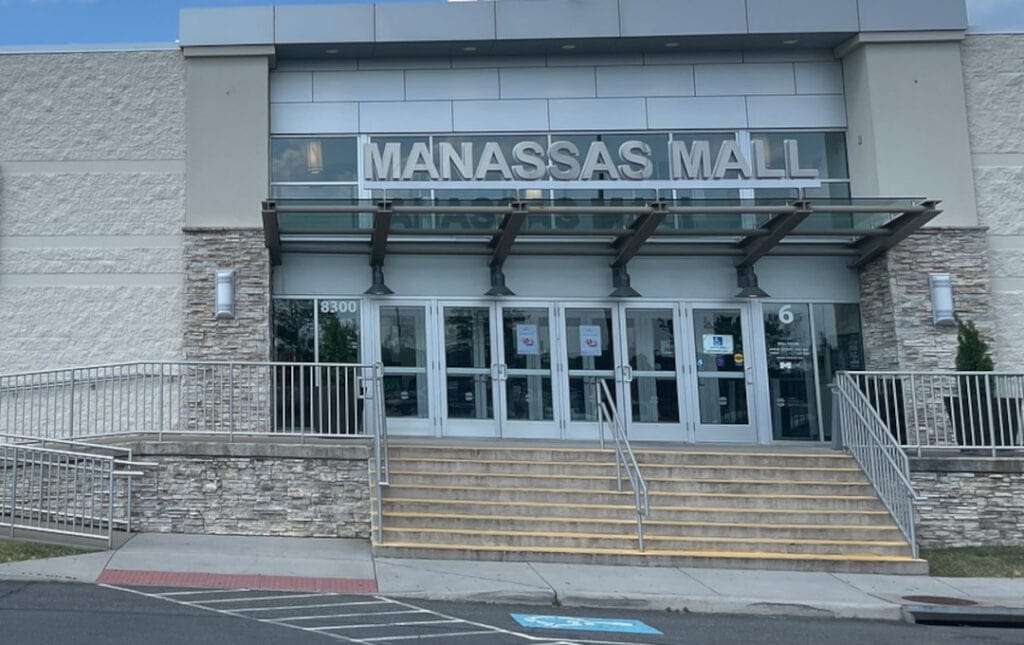
Expansion and Maturity
By 1984, the county had filled up. Traffic, new schools, and subdivisions were everywhere.
Interstate finally had the numbers to expand.
Rezoning went through, and construction started again.
When Phase Two opened in early 1987, Sears and a two-story Leggett joined the mix.
Sixty more stores opened with them, and the mall passed the 800,000-square-foot mark.
The Washington Post later wrote that Manassas had "tried to work both sides of the street since 1972." It was meant as a joke, but it fit.
The late 1980s were the high point of mall life.
The air smelled like pretzels, the floor wax never dried, and every shop played the same soft music.
Manassas Mall was steady, never flashy.
Teenagers came on Friday nights to circle the halls, older folks walked laps in the morning, and parents stopped by after work.
It became routine. That was the secret. It was ordinary, familiar, and that was why it lasted.
A Retail Carousel
The 1990s brought another shake-up. Hecht's shifted to a new spot inside the mall, leaving room for something fresh.
In 1997, The Washington Post called the construction of a new Target a sign that Manassas was still moving forward.
The store opened that same year, bright and efficient.
JCPenney joined soon after, rounding out a strong lineup of anchors that made the place feel full again.
It didn't last. Montgomery Ward went under in 2001, another big name gone.
By 2006, the Hecht's sign came down too, replaced by Macy's after the national rebrand.
Then came Walmart in 2009, a Supercenter so large it changed how the mall felt.
It wasn't just another anchor. It was the new center of gravity.
Target, which once looked permanent, announced in 2012 that it would close the next February.
JCPenney followed in 2015. The corridors got quieter. Some stores hung on, others didn't.
Across the country, malls were fading, but Manassas wasn't finished yet.
It had learned how to come back from worse.
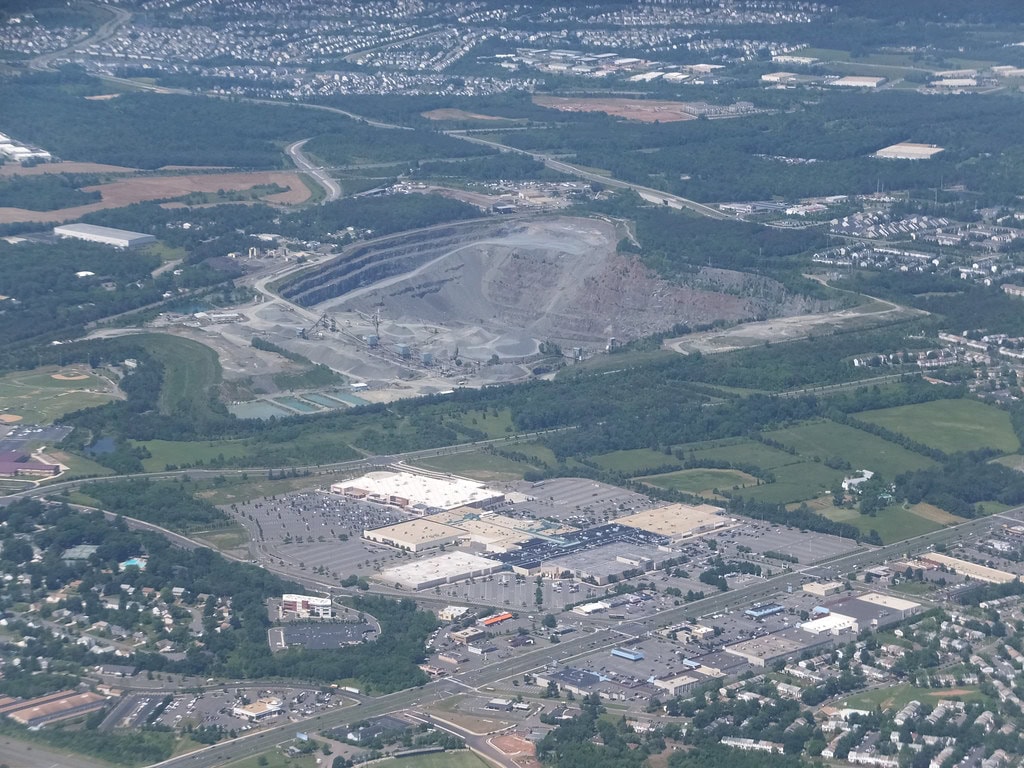
Reinvention and the Era of Play
By 2016, the mall was running out of ideas. Stores had closed, and the long hallways felt hollow.
The owners decided to stop pretending the next big retailer was coming.
They turned to noise instead of merchandise.
That spring, Autobahn Indoor Speedway (K1 Speed now) opened in one of the empty anchor spaces.
The place smelled like rubber and oil.
Kids raced while their parents watched from the edge, half amused, half relieved to have somewhere to go.
Uptown Alley arrived that fall, bringing bowling lanes, blinking lights, and the kind of food you eat with your hands.
A few months later, Billy Beez took over another corner with slides, tunnels, and the constant sound of children yelling.
People started coming again. Not to shop, but to move, to kill time, to be indoors when the weather was bad.
Spinoso Real Estate Group took over management and stuck with what worked.
They didn't chase luxury or image. They just gave the town a place that still felt alive.
Sale, Shock, and New Stewardship
In March 2020, just before the world stopped turning, Lionheart Capital bought Manassas Mall for 41 million dollars through its Out of the Box Ventures arm.
The timing couldn't have been stranger.
Within weeks, the country shut down, and the parking lot that had once been full of weekend traffic turned silent.
For Lionheart, the pause became an opening.
While everything else was on hold, the company started mapping what the next version of the mall could be.
Sears, which had been dying for years, closed soon after the sale.
Its dark storefront became the property's next experiment.
By December 2023, Floor & Decor had moved in, lighting up the old north wing with aisles of tile and lumbering contractor carts.
Walmart stayed steady through it all, still the mall's anchor, drawing lines of cars.
In 2024, it filed plans to expand its pickup operations, a small but telling sign that people were still coming.
K1 Speed took over the old Autobahn track, keeping the engines running under a new logo.
Dill Dinkers opened Virginia's first indoor pickleball club in June 2024, and a few months later, Time Mission moved in, part escape room, part science-fiction maze.
It was a strange combination: flooring samples beside laser lights, go-karts next to bowling pins.
But somehow it worked. The mall hadn't gone quiet again. It had just changed the sound.
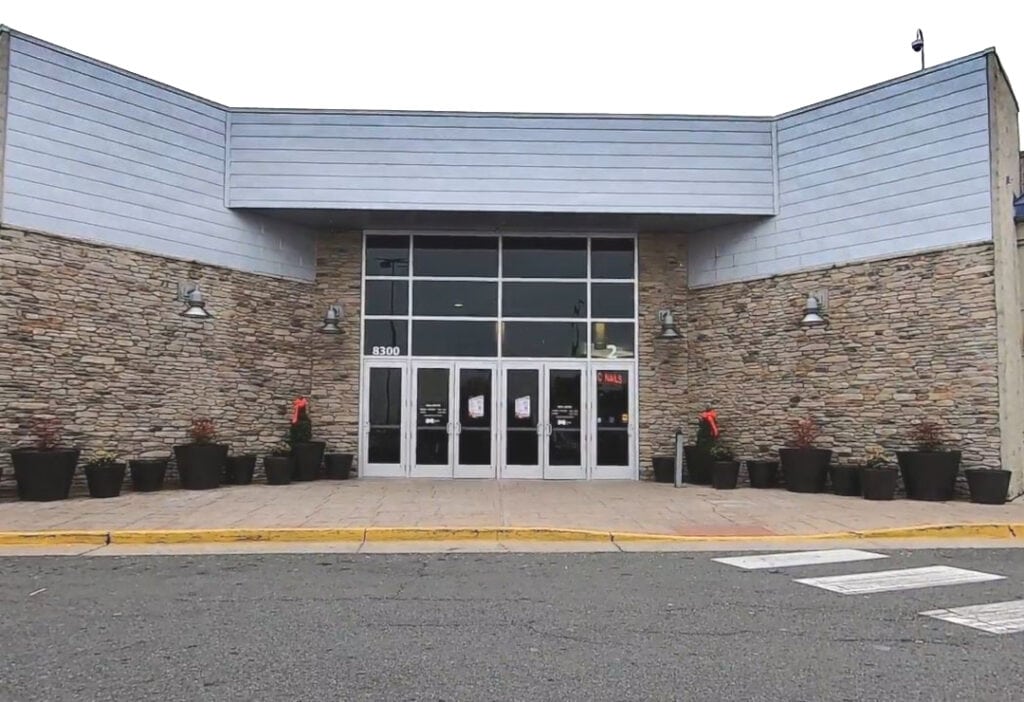
The Redevelopment Horizon
By 2025, Manassas Mall's owners aimed higher. By spring, a rezoning proposal reached the county board.
It passed in June: 60 acres of mall land would be converted into a mixed-use district with over a thousand residential units and new retail space.
Cushman & Wakefield arranged nearly 29 million dollars in bridge financing that same month to keep the project's momentum.
The plan kept the mall's bones but surrounded them with apartments, restaurants, and walkable streets.
A relic of car culture was about to become an urban village.
Not all news was upbeat. In mid-2025, At Home, one of the mall's anchors, announced it would close amid bankruptcy.
But that, too, fit the pattern: every vacancy became an opportunity to rebuild.
Where once failure meant decline, now it meant flexibility.
The Mall as Mirror
To walk through Manassas Mall today is to walk through fifty years of American retail memory.
The place carries ghosts of Grant City, echoes of Montgomery Ward, and the bright echo of laughter from Uptown Alley.
It is not grand, but it is alive. The carpet may have changed, but the pulse underneath feels familiar.
The mall mirrors suburbia's life cycle: built in optimism, strained by overgrowth, then saved by reinvention.
Each era stamped its own texture on the walls - brown tiles from the 70s, brass from the 80s, neon from the 90s, digital kiosks from today.
The patterns may date, but the purpose holds.
For all the changes, people still come. Retirees walk in the mornings.
Kids beg for arcade credits. Shoppers drift in from Walmart for coffee.
The mall is not a monument. It is an organism, slightly worn, slightly stubborn, always adapting.




